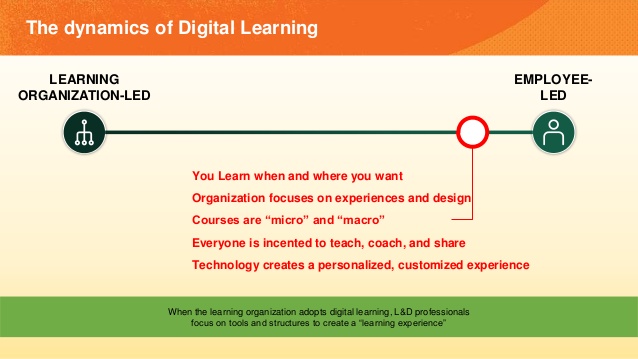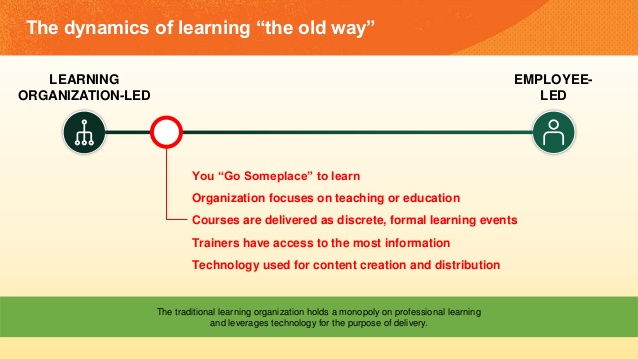Share
While many organizations have moved away from the paradigm of vertical management and move towards flatter management structures and greater involvement with the business line, in most companies I know, the L&D departments still maintain exclusive control and leadership of the entire process of training and learning within the company.
L&D today has the tools to share control. This implies letting others, such as HR, experts in the field and, in most companies, managers and middle managers (that is, those who have participation in the training of employees), also curate content, and create and assign learning routes.

Speaking to the business technology guru Sergio Sotelo about this, he told me that L&D has either not had the knowledge or has focused exclusively on courses or being the internal provider of training. Its natural tendency is to be a facilitator of learning for its main stakeholder, the business team. It is not, therefore, an option but a natural tendency that is part of the evolution of the maturity model of how organizations learn.
This change of paradigm is articulated in 2 levels:
1.- Creating content
In the old model, most content was created by catalogue providers that facilitated their “one size fits all” courses in standard SCORM format to the organizations for them to install these on their learning platforms. In some organisations, L&D departments had authoring tool licenses so they could create their own content.
Today’s new platforms incorporate authoring skills at a basic level:
- Video recording from mobile devices
- Content curation
- Creation of questionnaires
- Integration with content platforms (MOOCs, catalogues, TED, etc.)
These functions allow organizations to delegate the creation of acceptable quality content in roles like experts or middle managers. Simply creating a learning resource for others is, in itself, a learning experience for the creator, as we learn while we teach. If we take into account the speed with which content becomes obsolete, these tools make the content much more profitable.
2.- Content distribution and consumption
In the old model, the company L&D department received learning content from the provider, configured the learning routes and directly enrolled employees or assigned recipients of the training.
The Learning Experience Platform allows training to be brought closer to the business lines so that whoever is closest to the business allocates the training. If it is training on a particular law, probably the country manager knows the details of the law better. If it is training on how to serve the client, probably the head of the department will be the person who should assign the recipients.
This is not the only way to distribute training within the organisation, the recommendation algorithms based on deep learning are able to assign content to employees based on different criteria whilst adapting the content to the employee.
The work of the L&D department does not disappear, it changes
They are still the axis that centralises the transversal training of the organization (onboarding, regulation, processes) and become “coaches” for the rest of us who manage training, provide their experience and vision of training, advise and give solutions to the problems that are found
Orginal source: Jose Manuel Martín.
Photo credit: Oskars Sylwan
Share


